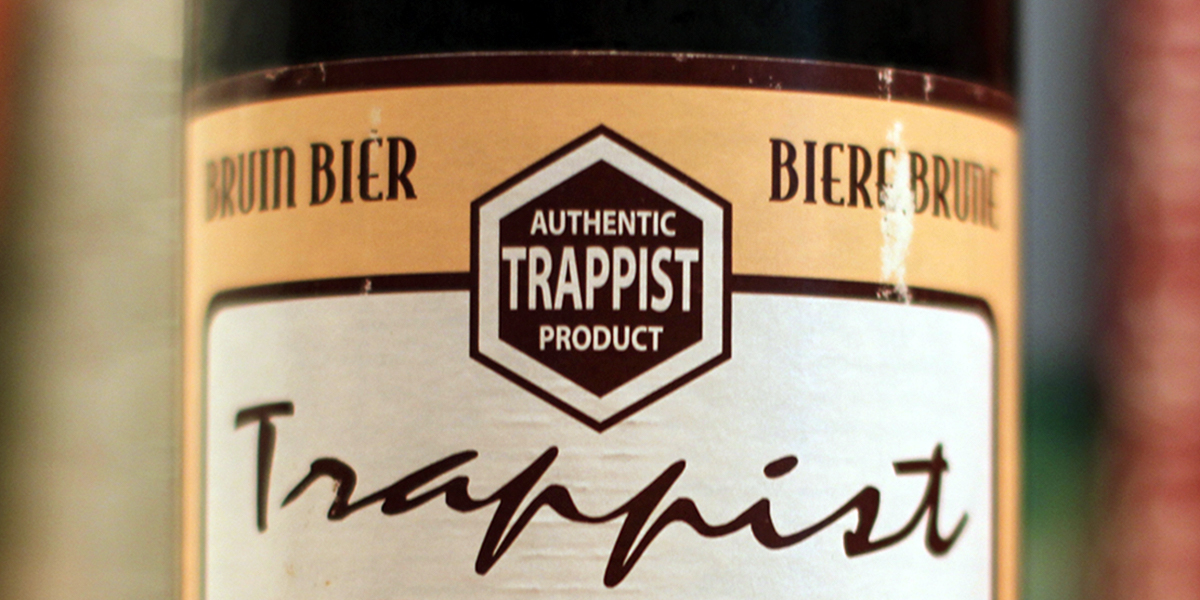All “monastic” beers are not alike. Here’s a brief guide.
Lenten Campaign 2025
This content is free of charge, as are all our articles.
Support us with a donation that is tax-deductible and enable us to continue to reach millions of readers.
“Trappist” is not a kind of beer. Neither are “abbey beers.” But both abbey and Trappist beers do belong to the same unique craft tradition, and the methods used to brew one or the other are not that different. Two key things distinguish one from the other, though: 1) where the beer is made and 2) who brews it, as the master brewer David Jaimes Messori points out in this blog.
There are around 176 Trappist monasteries around the world; that is, monasteries that belong to the Order of the Cistercians of the Strict Observance, a branch of the Cistercian Order, which is in turn a branch of the Benedictine Order. Only eleven of those monasteries have the license, granted by the International Trappist Association, to brew beer. A small hexagon printed on the label of the bottle certifies the beer has been brewed by monks, strictly following the monastic rules of beer brewing, and that the revenues will be invested in the monastery, the community surrounding it, and the charities associated with the Trappist Order.

Six of the 11 brewing monasteries are in Belgium, two in Holland, and the other three in Italy, Austria and the United States. Most of these Trappist beers are “Belgian type”: highly fermented and non-filtered, even though the American monastery in Spencer, Massachusetts, produces a much lighter beer (think of it as a “lunch” beer, to pair with your main course) and the Italian Abbey at Tre Fontane’s brews have a distinctive eucalyptus aroma.
Now, “abbey beers,” on the other hand, are beers that, even if originally brewed by monks in their monasteries, are nowadays owned by brewing companies that bought, inherited, or rightfully obtained all the rights, licenses, and recipes to produce these beers. You will often find they are named after the original abbey in which they were produced, or after a saint, even though the Order has little to nothing to do with it anymore.
In any case, before you have one of these monastic beers, remember to bless it using the official blessing of the beer from the Rituale Romanum:
- Our help is in the name of the Lord.
- Who made heaven and earth.
- The Lord be with you.
- And with thy spirit.
Let us pray.
Bless, O Lord, this creature beer, which thou hast deigned to produce from the fat of grain: that it may be a salutary remedy to the human race, and grant through the invocation of thy holy name; that, whoever shall drink it, may gain health in body and peace in soul. Through Christ our Lord. Amen.







